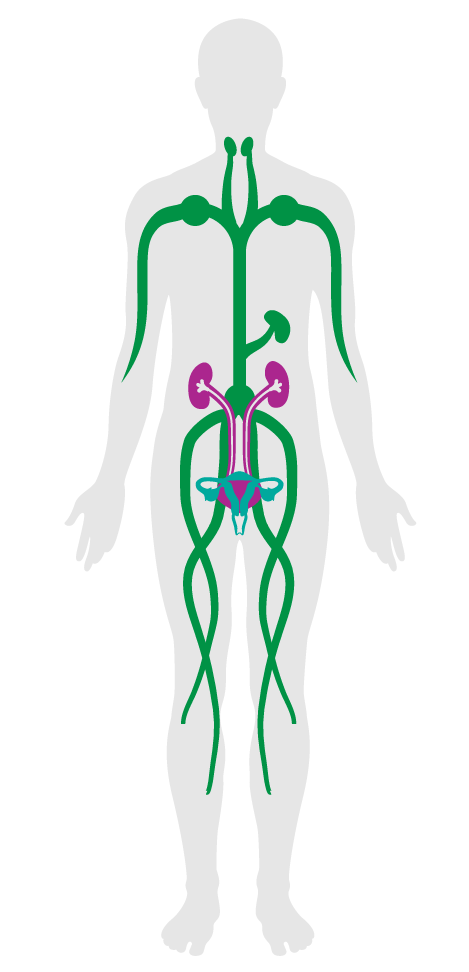Cleaning protocol
09. Cleaning protocol
To reduce occupant exposure to pathogens, allergens, and harmful cleaning chemicals.
Regular cleaning is an important practice as it helps to remove potentially harmful debris and maintain a healthy indoor environment. However, numerous chemicals and improper cleaning techniques can undermine indoor air quality. Harmful ingredients in cleaning products can lead to eye, nose, throat and skin irritation, and emit VOCs into the indoor environment, which may lead to other health effects including sick building syndrome (SBS). An adequate cleaning regimen using non-toxic, hypoallergenic cleaners helps to reduce bioloads, pests, environmental allergens and unpleasant odors without introducing chemicals that might adversely impact indoor air quality.
To achieve sufficient and regular removal of debris and pathogenic microorganisms, a cleaning plan is created in accordance with Table A4 in Appendix C and presented during staff trainings that includes the following elements:

Applicability Matrix
| Core & Shell | New & Existing Buildings | New & Existing Interiors | |
|---|---|---|---|
| Part 1: Cleaning Plan for Occupied Spaces | - | P | P |
| Commercial Kitchen | Education | Multifamily Residential | Restaurant | Retail | |
|---|---|---|---|---|---|
| Part 1: Cleaning Plan for Occupied Spaces | P | P | P | P | P |
Verification Methods Matrix
| Letters of Assurance | Annotated Documents | On-Site Checks | |
|---|---|---|---|
|
PART 1 (Protocol) Cleaning Plan for Occupied Spaces |
Operations Schedule |
